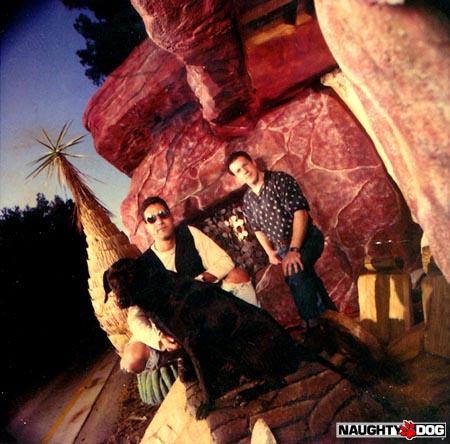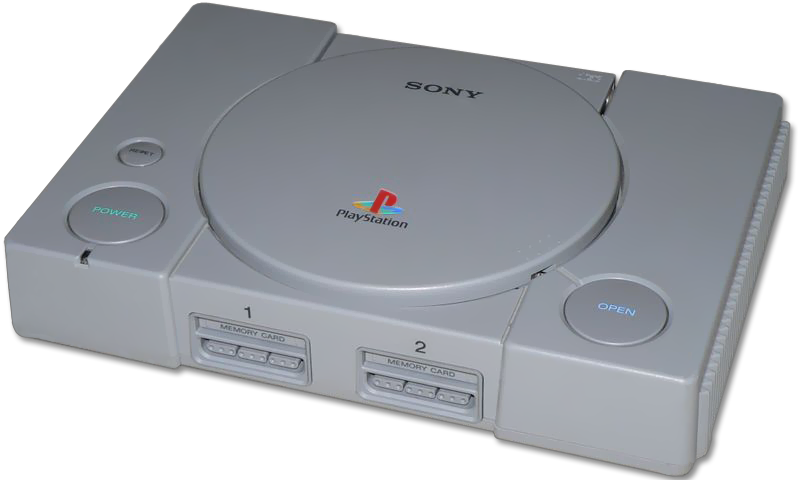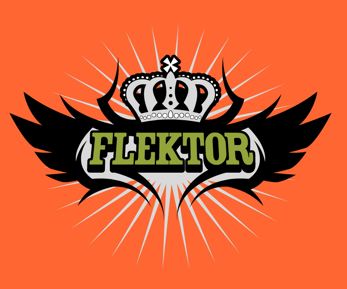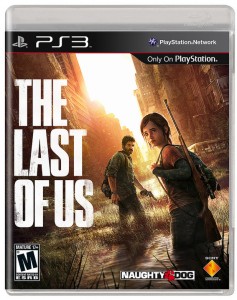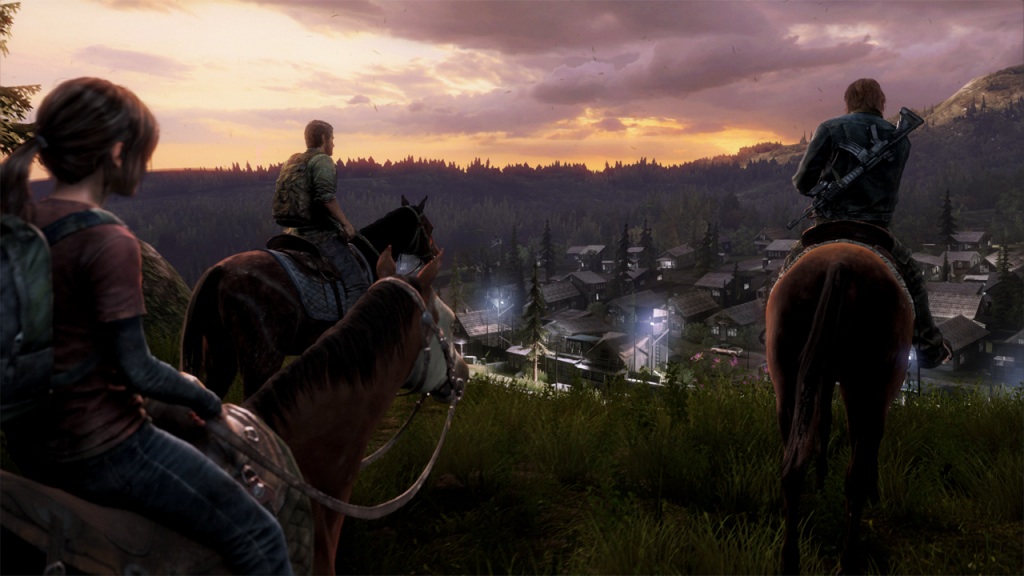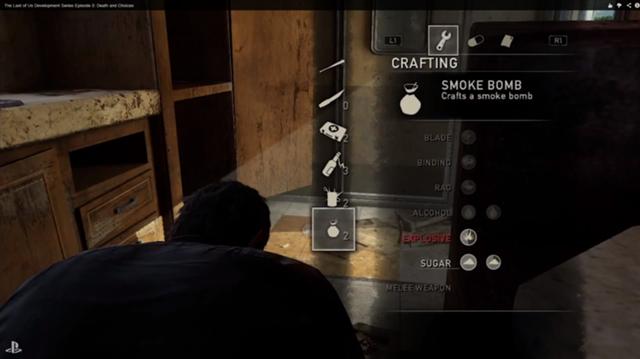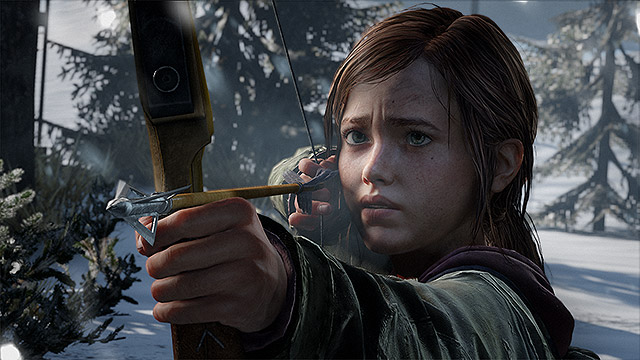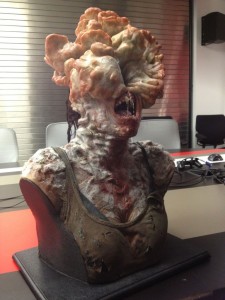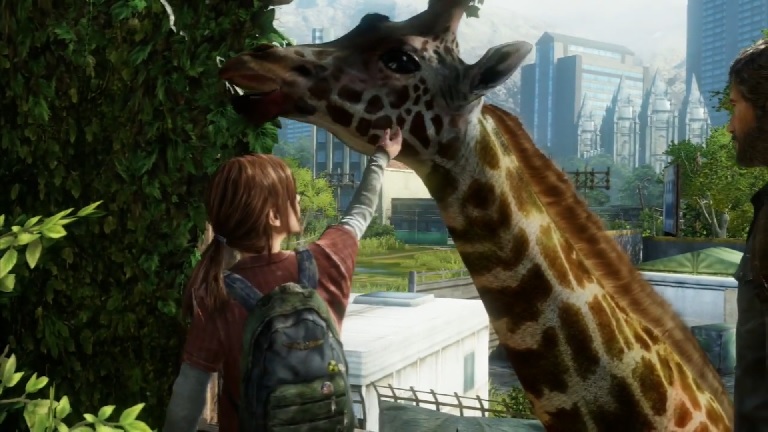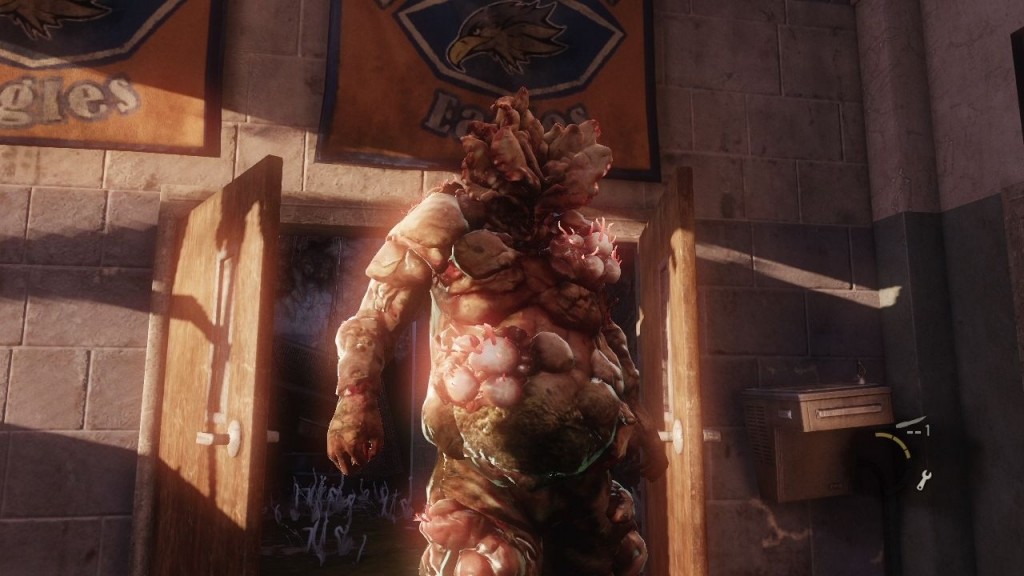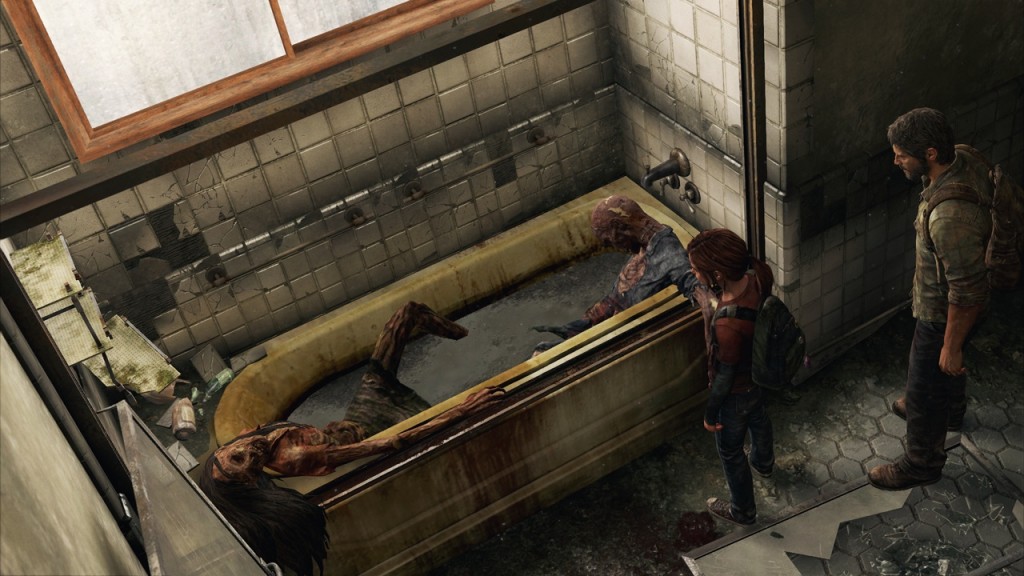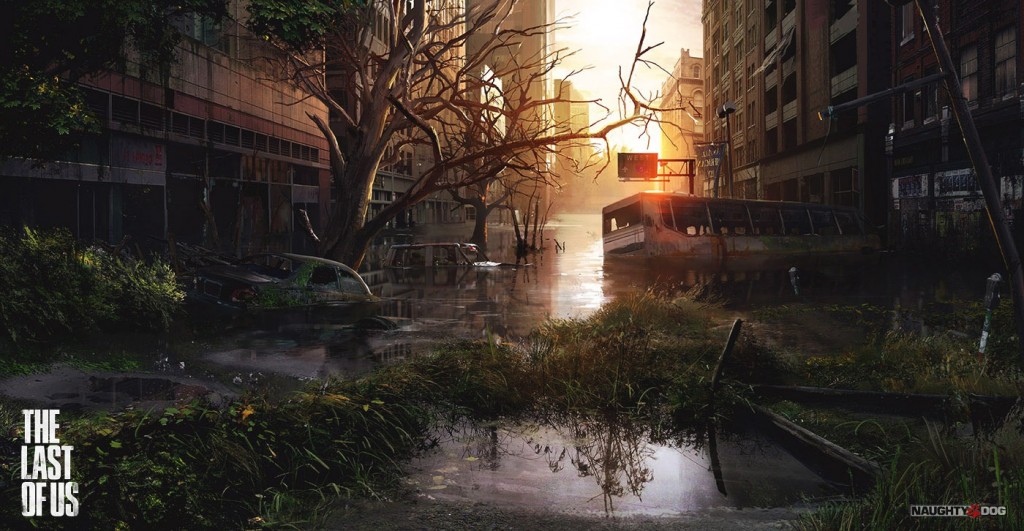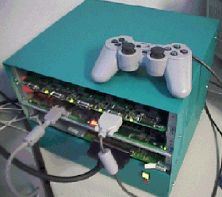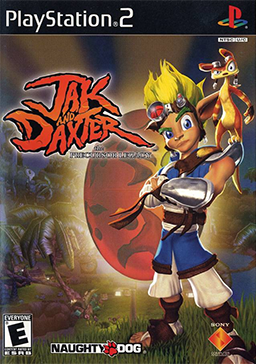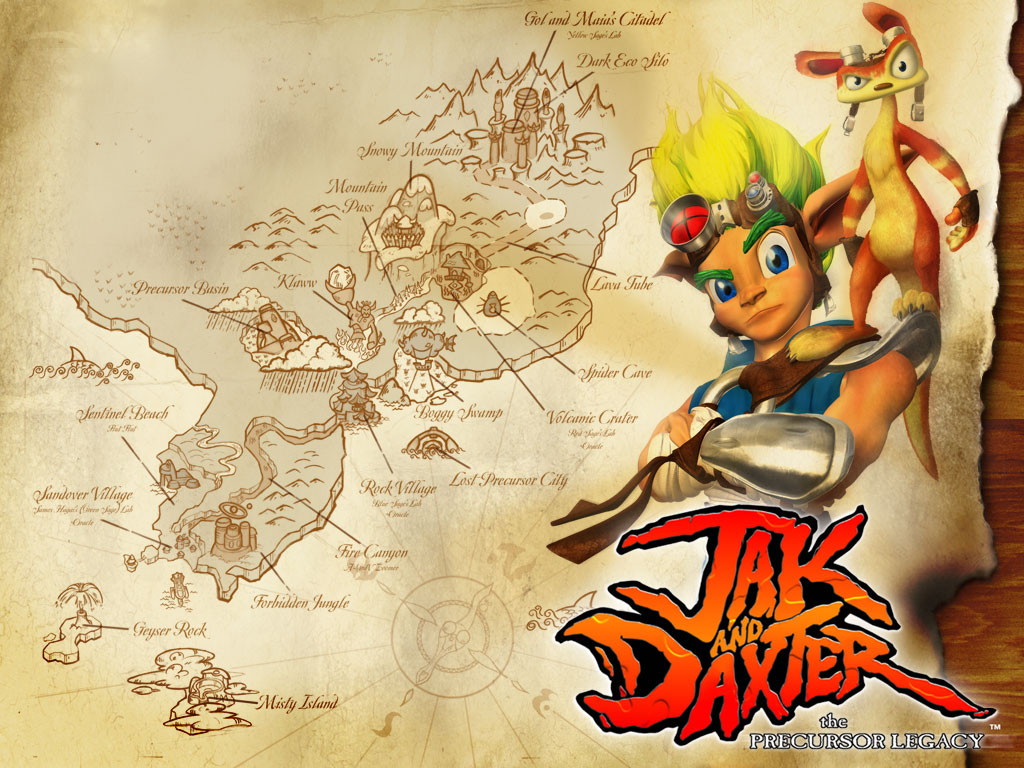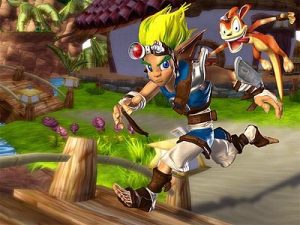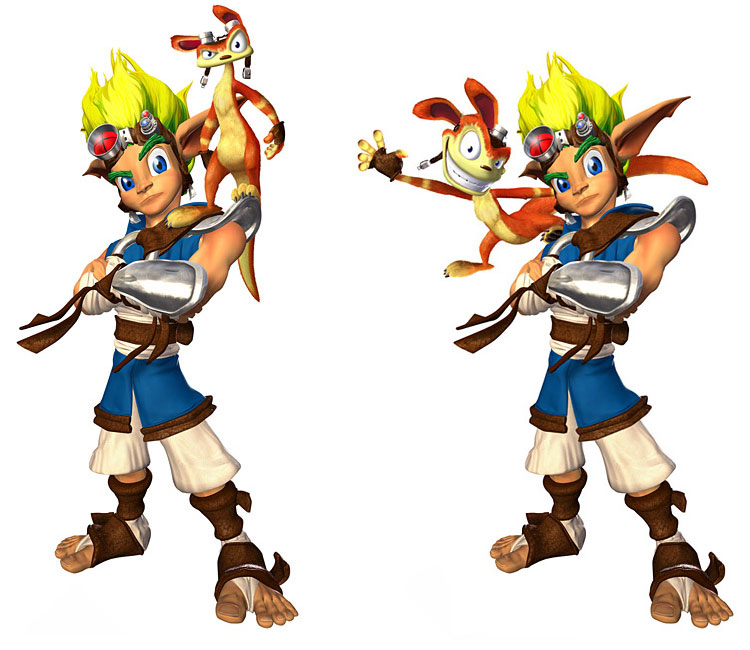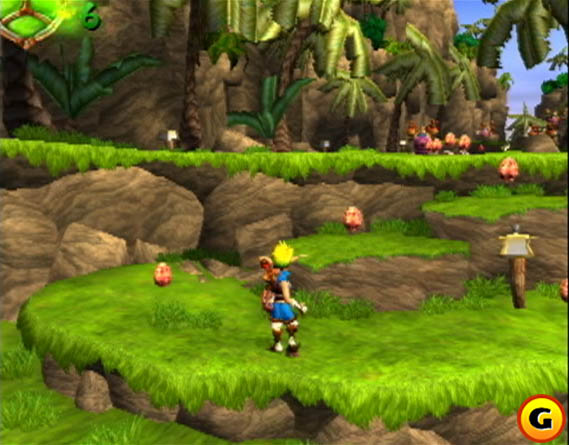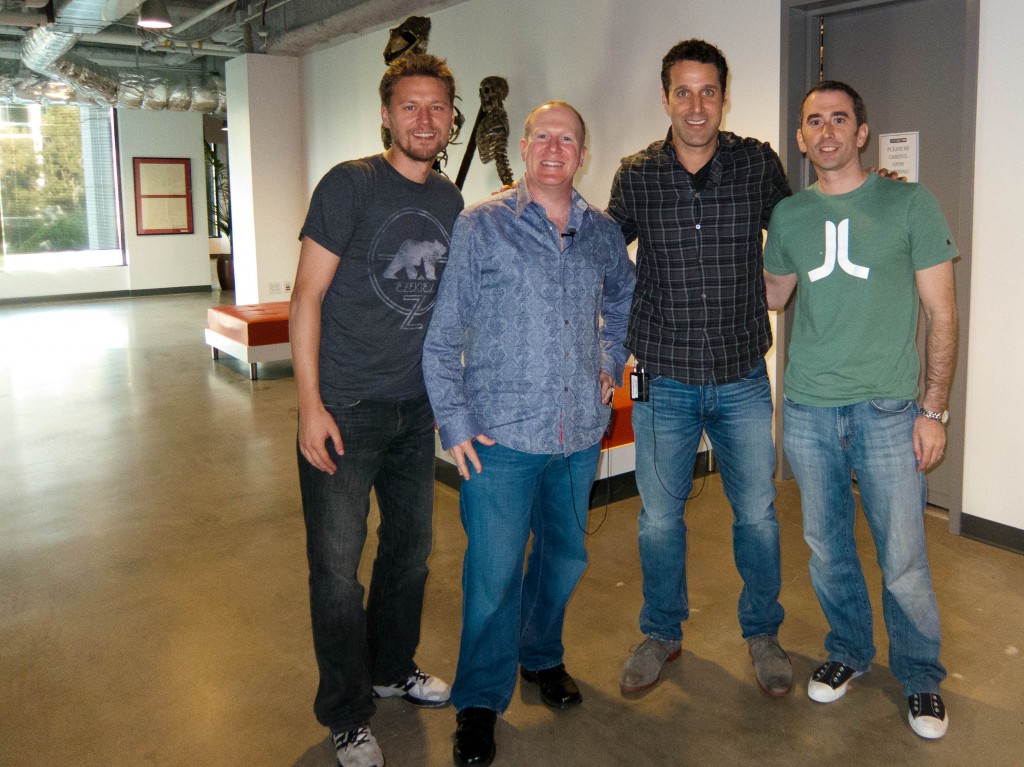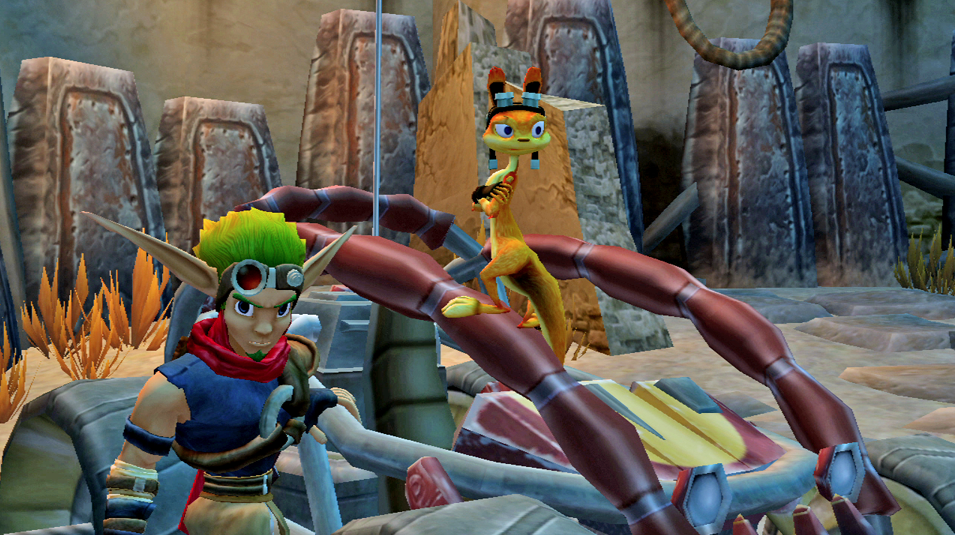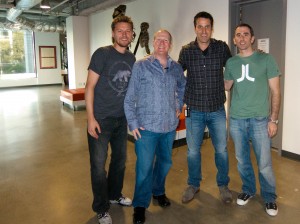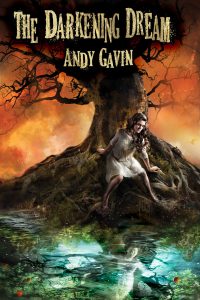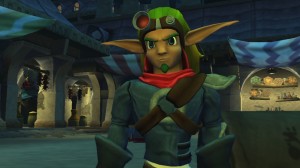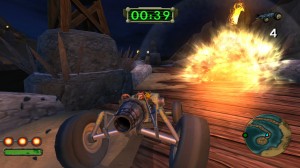Periodically I was asked by Pixelvolt to answer a few interview questions.
Check them out here for the latest in Indie Game News!
I’m also posting the interview here for posterity:
Pixelvolt: Many enjoyed the Crash Bandicoot trilogy more than Super Mario 64 or DK64. How do you think the Crash Bandicoot franchise did against Nintendo’s heavy hitter platformers?
Andy: Crash Bandicoot was in development during the same period as Mario 64. We started in 1994 and first saw our rival at E3 in May of 1996, only 3 months before we shipped. Basically that meant that Mario had no influence on us (although it was to later inform Jak & Daxter). Doing platforming in 3D was hard, and both games took different approaches. Our aim was to try and bring the Donkey Kong Country style gameplay into 3D as faithfully as possible. Mario went for more open puzzle solving and exploration (Miyamoto called it a garden or sandbox). I personally like ours better because it’s more straightforward to play with less thinking involved (more twitching). I don’t like my platform games to involve too much thinking – I do plenty of that at work.
Pixelvolt: Were there any N64, GCN, or Xbox games that you enjoyed playing?
Andy: My favorite N64 games were Goldeneye, Zelda, and Banjo-Kazooie.
Pixelvolt: Do you have a personal favorite out of the Crash Bandicoot games?
Andy: Crash 2. It’s better technically than Crash 1, has a bigger more flexible move set, and the play is very balanced. It’s hard but not brutal. Crash 3 is great too, but I think it relies a little too much on gimmick levels (jet skiing, flying, etc).
Pixelvolt: Naughty Dog has always been great at pushing the limits of hardware. Can you give us some details from the development of the Crash series and the Jak series and just how far things were pushed – and how they were pushed?
Andy: Crash 1 was all about forging into the unknown. Everything was new. The gameplay was totally new. We had no model for how to do it in 3D, and it took 6 months of unplayable test levels before we developed some that were actually fun. On the technical side, the sheer volume of data was overwhelming for the computers of the time (1994-6). We had to do all the tool processing on big Silicon Graphics workstations. I actually had 8 gigs of memory in my desktop machine by fall 1996! Imagine that, the memory alone cost $75,000! With Jak, the seamless loading was hard. We had been heading in this direction with Crash, which featured a very sophisticated streaming system and extremely short load times (3-4 seconds!), but with Jak & Daxter, we had this early mandate to eliminate loading entirely. It was hard but very cool in a subtle way. Very few games do it even now.
Pixelvolt: Was it hard to leave Crash Bandicoot behind, and do you think there is a chance that Naughty Dog will save Crash from his most recent outings and produce another game?
Andy: Naughty Dog doesn’t own all the rights to Crash; Activision owns most of them, so it’s difficult for that to happen just from a legal perspective. Still, a fan can always hope.
Pixelvolt: What were some of the immediate allowances that were enjoyed most when switching from Crash to Jak?
Andy: No one would ever call the PS2 an “easy” machine to program for, but there were certain niceties compared to the PS1. Z buffering was a big one. On the PS1, you had to sort all your polygons and make sure they didn’t overlap. The PS1 really freaked out when polygons stretched off (or into the screen). Another more amorphous advantage was the huge step up in raw processing power, which made it possible to stop worrying about individual lines of logic (as much).
Pixelvolt: How did it feel among your video game peers when CTR: Crash Team Racing was being developed? With Mario Kart 64 having thought up the kart racer genre, was it awkward? Many gamers enjoyed CTR much more than MK64; how did this reaction make everyone feel after it was released?
Andy: Obviously, CTR owes a big debt to Mario Kart, even if the graphics are better looking and more detailed – but I also think – and this is one of the game’s big triumphs, that the handling and gameplay we achieved was really first rate. The combination of steering, power sliding, powerups, and the like was really very, very fun (not that Mario Kart 64 and Diddy Kong Racing weren’t too).
Pixelvolt: What do you and ND think of the current state of Crash Bandicoot. Since Crash Bandicoot: The Wrath of Cortex, almost all the fans agree that the quality has skydived; what do you and the original development team think of the situation?
Andy: I try not to look at anything Crash related after Crash Bash. It’s all kind of sad because even the basic art design isn’t “correct” with the standards of the Crash character.
Pixelvolt: Did you learn anything from video game development that is assisting with your writing at all?
Andy: As a serial creator (having made over a dozen major video games), it was interesting how similar the process was to any other complex creative project. Video games and novel writing are both very iterative and detail oriented. They use a lot of the same mental muscles.
Pixelvolt: What do you plan on doing next? Do you plan to do anything in addition to writing?
Andy: I just finished up adapting Untimed (my time travel novel) as a screenplay. And I’ve got three different new novels in the works. The one I’m working on at the moment is background notes for an epic fantasy series. I’m trying to create an entire extremely detailed world so that’s a lot of fun.
Pixelvolt: Do you ever think you’d consider returning to game development?
Andy: I might someday. I have a cool dungeon crawler idea I’ve wanted to do for years. But right now, I still get to build worlds, characters, and general IP. I can do it faster and without as much stress. I miss the sheer exposure the games got as the whole business is on a much bigger scale than publishing. I’m immensely proud of all my games, but I also think Untimed is as good a novel as my favorite, Crash 2 is a game. Hint, hint. Nudge, nudge. Wink, wink. Buy, read.
Pixelvolt: What were your thoughts on Jason Rubin and THQ? I know a lot of ND/THQ fans thought he did a great job, despite everything working out the way that it did.
Andy: Jason had a real uphill battle there and very little time to fight it. He’s one of the most talented people I know, so I have to imagine that he did as good a job as humanly possible.
Pixelvolt: Tell us about your books. You’ve been a huge reader for quite some time. When did you decide you were going to leave the gaming industry and pursue writing full time?
Andy: I’m a lifelong creator and explorer of worlds. As far back as first grade, I remember spending most of the school day in one day dream or another. I had a huge notebook stuffed with drawings, story bits, and concepts for an elaborate Sci-Fi/Fantasy world I cobbled together from bits of Star Wars, Narnia, and Battlestar Galactica. By fourth or fifth grade, not only was I losing myself in every fantasy or Sci-Fi novel I could, but I was building Dungeons & Dragons castles and caverns on paper. Then from 1980 on the computer. Over the following decades, I wrote dozens of stories and created and published over a dozen video games all set in alternative universes. And as an avid reader (over 10,000 novels and who knows how many non-fiction volumes), it was no surprise that I eventually decided to write some books of my own.
Pixelvolt: Would you ever consider having any movies or games made based off your books? If so, would you oversee any of the development?
Andy: Uh, big yes. As I mentioned, I just finished adapting Untimed into a screenplay. That was a lot of fun and took far longer than I thought, including at least six major drafts. Untimed is a focused story of about the right scope for the big screen, and it’s fairly short (75,000 words), but I still had to cut at least a quarter out of the novel and learn to adapt the story telling to the new strictly audio-visual medium. Now I just need to figure out how to sell it and get it produced. Haha. Film, unlike novels, is a very collaborative medium.
Pixelvolt: What are you currently playing?
Andy: I’m still playing a bit of WoW. I have on and off since launch and used to be a serious raider in the Vanilla, BC, and Lich King eras. I played The Last of Us when it came out from start to finish and that was hands down the best story-based game I’ve ever played. Really, really emotional and intense. My two games of the moment are really different: the new Mickey Mouse Castle of Illusion with my five year-old (I loved the Genesis original) and Bioshock Infinite. That’s an awesome game too. The control and character isn’t quite as good as TLOU, but it’s really engaging, and I’m totally drawn in by the 1912 alternate America and its in-depth and surprisingly accurate depiction. Speaking of 1912, my first novel, The Darkening Dream, is a fantasy set in 1913, so if any of you are curious, think Bioshock Infinite, minus the floating city and plus a 900-year-old vampire, crazy Egyptian gods, and some nasty succubus on preacher action.
This interview was originally posted here.
For more game articles, click here.
| If you liked this post, follow me at:
My novels: The Darkening Dream and Untimed |

